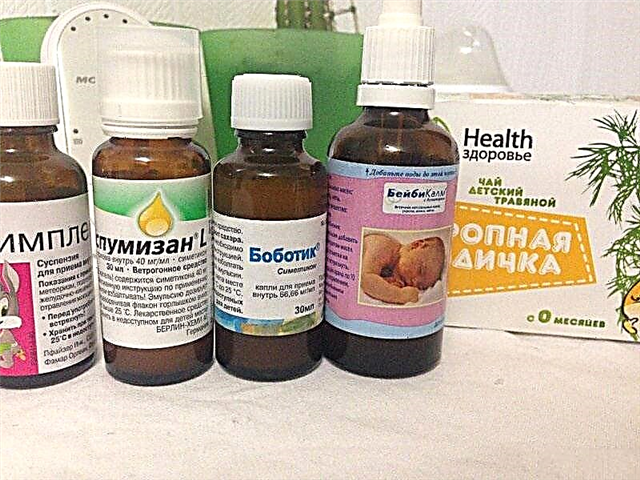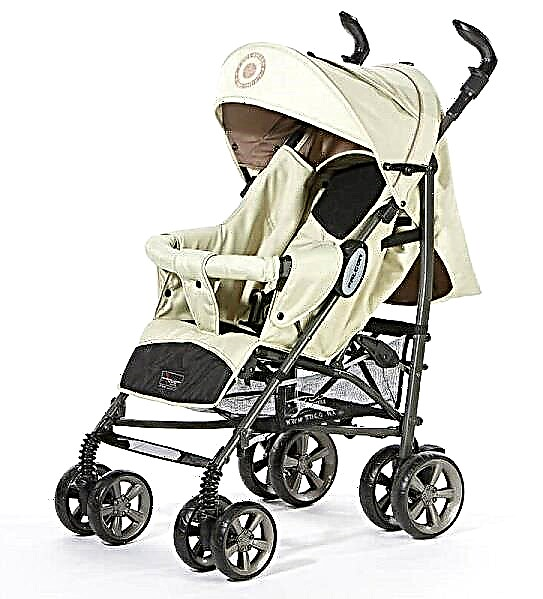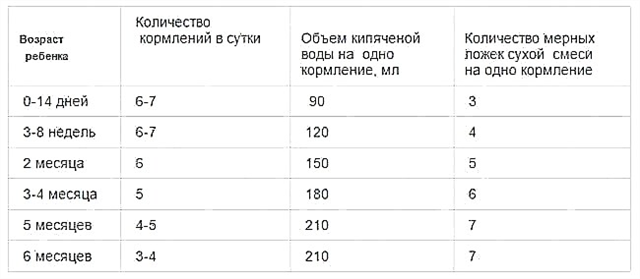
Cinnarizine is a medicine that affects the blood supply to the brain. The drug is usually prescribed to adults with atherosclerosis of the vessels of the head, thrombophlebitis, after a stroke and other circulatory disorders. However, sometimes "Cinnarizin" is prescribed for children. In such cases, mothers are interested in whether this medication is harmful to babies and in what doses it is permissible to give it to a child.

Release form
The drug is manufactured by several pharmaceutical companies in Russia and Bulgaria. Often the medicine is called simply "Cinnarizin", but there are also drugs in the name of which there is an indication of the manufacturer, for example, "Cinnarizin Sopharma" from the Bulgarian company Sopharma.
In pharmacies "Cinnarizin" comes in only one form - tablets. The medication is usually sold in packs of 50 pieces, but some manufacturers also offer other packages - from 10 to 250 tablets, placed in blisters of 10 or 50 pieces, as well as in glass or plastic jars. The tablets themselves are round, flat or convex on both sides, white or cream-white.
Composition
The main ingredient of the medicine gave the name to the tablets, that is, it is also called cinnarizine. Its amount in one tablet for all manufacturers is 25 mg. Inactive components are represented by aerosil, lactose, povidone, microcrystalline cellulose, starch and other compounds. They differ from company to company, therefore, if the patient has an intolerance to excipients, their composition must be specified in the instructions for the purchased "Cinnarizin".

Operating principle
Cinnarizine has the ability to block calcium channels, as a result of which calcium ions stop entering the cells and their concentration decreases. This leads to a decrease in the tone of vascular smooth muscles and their expansion. This effect is facilitated by the property of cinnarizine to enhance the vasodilating effect of carbon dioxide, as well as to reduce the response of the muscles of the arterioles to adrenaline and other active substances.
The effect of the drug on the vessels in the brain is especially pronounced, and the arterial pressure of the large vessels of the body during the treatment with Cinnarizine practically does not change. The tablets also have a mild antihistamine effect and the ability to tone down the sympathetic nervous system. In addition, the medication acts on the vestibular apparatus, as a result of which its excitability decreases. The drug also has the property of increasing the resistance of smooth muscles to the action of hypoxia and reducing blood viscosity.
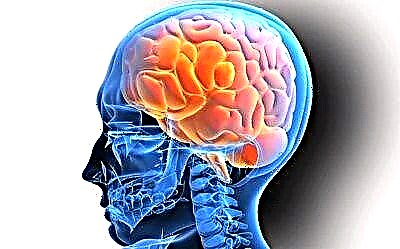
At what age are children prescribed?
In the instructions for the tablets, in the list of contraindications for some manufacturers, the age is 5 years, for others - 12 years. However, sometimes "Cinnarizine" is prescribed for younger patients, if there is a need to improve the blood supply to the brain. Most doctors, including Dr. Komarovsky, believe that such a medicine can be used even in infants, if the benefits of its use significantly exceed the possible harm.

Indications
"Cinnarizine" can be prescribed to children in such cases:
- if the child has received a head injury;
- if the young patient has labyrinthine disorders or Meniere's disease;
- if it is necessary to prevent manifestations of seasickness or air sickness (with motion sickness);
- if the child is behind in development.


Contraindications
"Cinnarizine" should not be given to patients with hypersensitivity to its main ingredient or any of the inactive substances of the tablets (for example, in celiac disease, if the preparation contains wheat starch).

Side effects
The child's nervous system may react to the pills with drowsiness, headache, hand tremors, increased muscle tone, depression, increased fatigue and other symptoms. In some patients, "Cinnarizine" provokes a skin rash and increased sweating. Sometimes the medicine is bad for the digestive system and causes abdominal pain, dry mouth, or various dyspeptic symptoms. In very rare cases, after taking a dose of Cinnarizine prescribed by a doctor, a child may have a decrease in blood pressure or an increase in body weight.


Instructions for use
The tablet should be taken after meals and washed down with water.
For small patients who cannot swallow the drug whole, it is permissible to grind it into powder and mix it with water in a small volume.
For most diseases, a three-time dose is indicated, and for motion sickness, the medicine is given immediately before the trip - about half an hour.
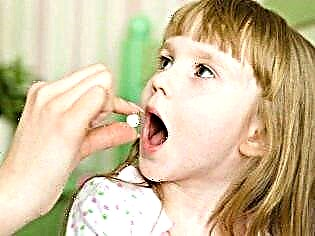

At the age of 5-11 years, "Cinnarizine" is usually prescribed in a dose that corresponds to half of the adult dosage. For example, to prevent motion sickness, the child is given half a tablet (12.5 mg), and in case of problems with cerebral circulation, a single dose of the drug is 12.5-25 mg. For adolescents 12 years of age and older, the doses prescribed for adults are used.
The maximum dosage of "Cinnarizin" per day for a child over 12 years old is 9 tablets, that is, 225 mg of the active compound. For younger patients, the boundary figure is half as much - they can be given no more than 112.5 mg per day, which corresponds to four and a half tablets.
The duration of the use of "Cinnarizin" is determined by the doctor, taking into account various factors, including the diagnosis and the patient's response to treatment. If a child has seasickness or air sickness, the pills can be taken sporadically, and for other diseases they are prescribed in a course that can last several months.
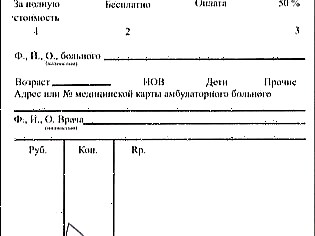

Overdose
If the dose is exceeded, "Cinnarizine" provokes vomiting, tremors of the extremities, drowsiness and other side effects, and in severe cases, drug poisoning can lead to a strong decrease in blood pressure and coma. There is no antidote to such a remedy, therefore, in case of an overdose, traditional methods of treatment are used - gastric lavage, sorbents, symptomatic therapy.
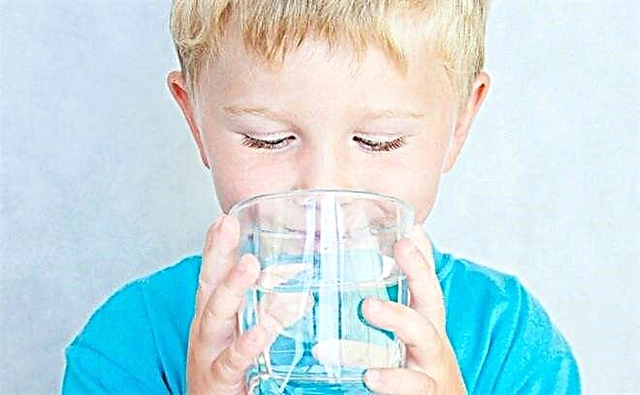
Interaction with other drugs
"Cinnarizine" is able to enhance the therapeutic effect of antidepressant and sedative drugs, as well as vasodilator and nootropic drugs. If these pills are given along with drugs that increase blood pressure, the effectiveness of these drugs will decrease.

Terms of sale
To buy "Cinnarizin" in a pharmacy requires a prescription from a doctor. The cost of the medicine depends on the number of tablets in the package and the manufacturer. For 50 tablets, you can pay both 20 and 50 rubles.

Storage conditions
The shelf life of the medication is 2 or 3 years and is marked on the package. Until it has expired, the tablets should be kept in a dry place at room temperature.
They must be safely hidden from small children.

Reviews
In most cases, parents respond positively to Cinnarizin. They note that the child's condition improves after the course of treatment, and the drug tolerance is generally good. The taste of the medication is neutral, so there are no problems with taking a pill that is crushed into powder. However, negative opinions can also be found when the medicine did not help or provoked side effects.

Analogs
Replacing "Cinnarizin" can be tablets "Stugeron", since this is a drug with the same active ingredient in a dosage of 25 mg. It can be used for the same indications.

In addition, instead of "Cinnarizin", depending on the pathology and age of the patient, the doctor may recommend other drugs.
- "Fezam". Such capsules with nootropic action also contain cinnarizine, but it is supplemented with piracetam. The medicine is in demand for kinetosis, labyrinthopathies, asthenia, brain injuries and in other cases. Children are prescribed it from the age of 5. The analogs of such a remedy are the drugs Omaron, Kombitropil and NooKam.
- Vinpocetine. These pills have a similar effect in that they affect the blood flow and metabolic processes in the brain. Although the age under 18 is noted in contraindications, neurologists can prescribe this medication to children. It is prescribed for hypoxic encephalopathy, head trauma, epilepsy and other problems.
Instead of Vinpocetine, Cavinton can also be used.


- Phenibut. Such a remedy has a nootropic and psychostimulating effect, therefore it is in demand for asthenia, insomnia, enuresis, nervous tics, motion sickness and other disorders. The medicine is approved for children over 3 years of age, but the doctor may prescribe it to younger patients if there is a good reason for this. Other preparations of aminophenylbutyric acid - "Noofen" and "Anvifen" can replace "Phenibut".
- Semax. This nootropic drug can be used for sleep disturbances, speech delay, nervous irritability and other neurological problems. It is represented by nasal drops and can be used in children over 7 years old (they are prescribed a 0.1% solution).


You will learn more about the drug "Cinnarizine" by watching the following video.

